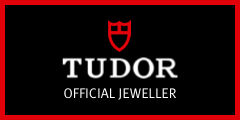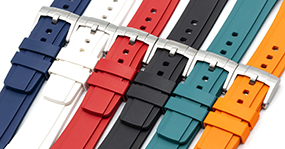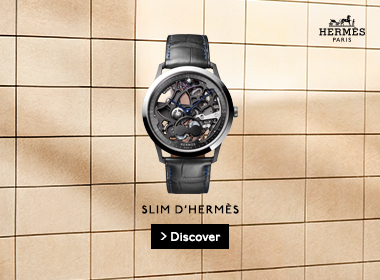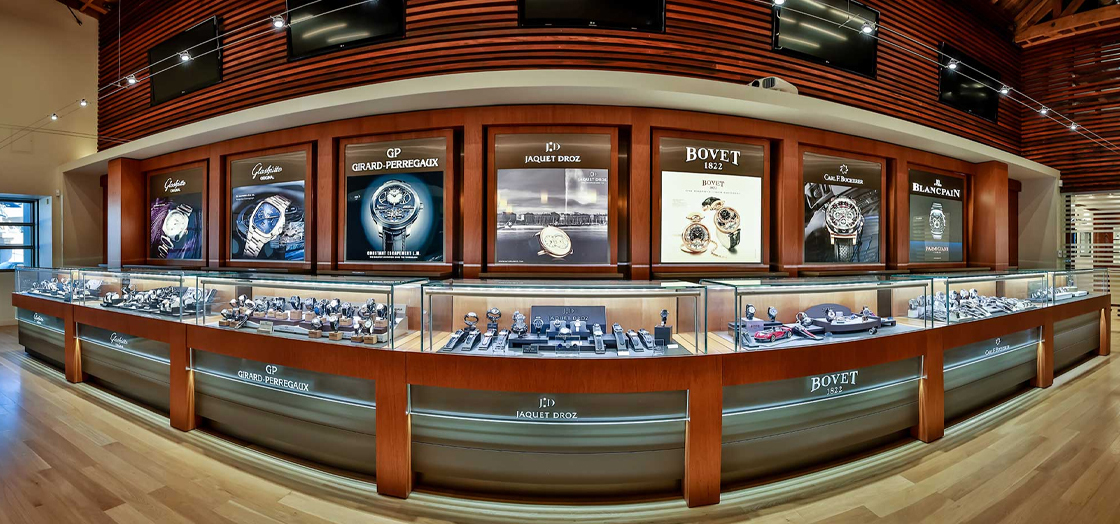
A Beginners Guide to Understanding the Tourbillon
When you think of the most innovative, mesmerizing and downright fascinating features a watch can have, what comes to mind? For us, it’s easy. It’s the tourbillon.
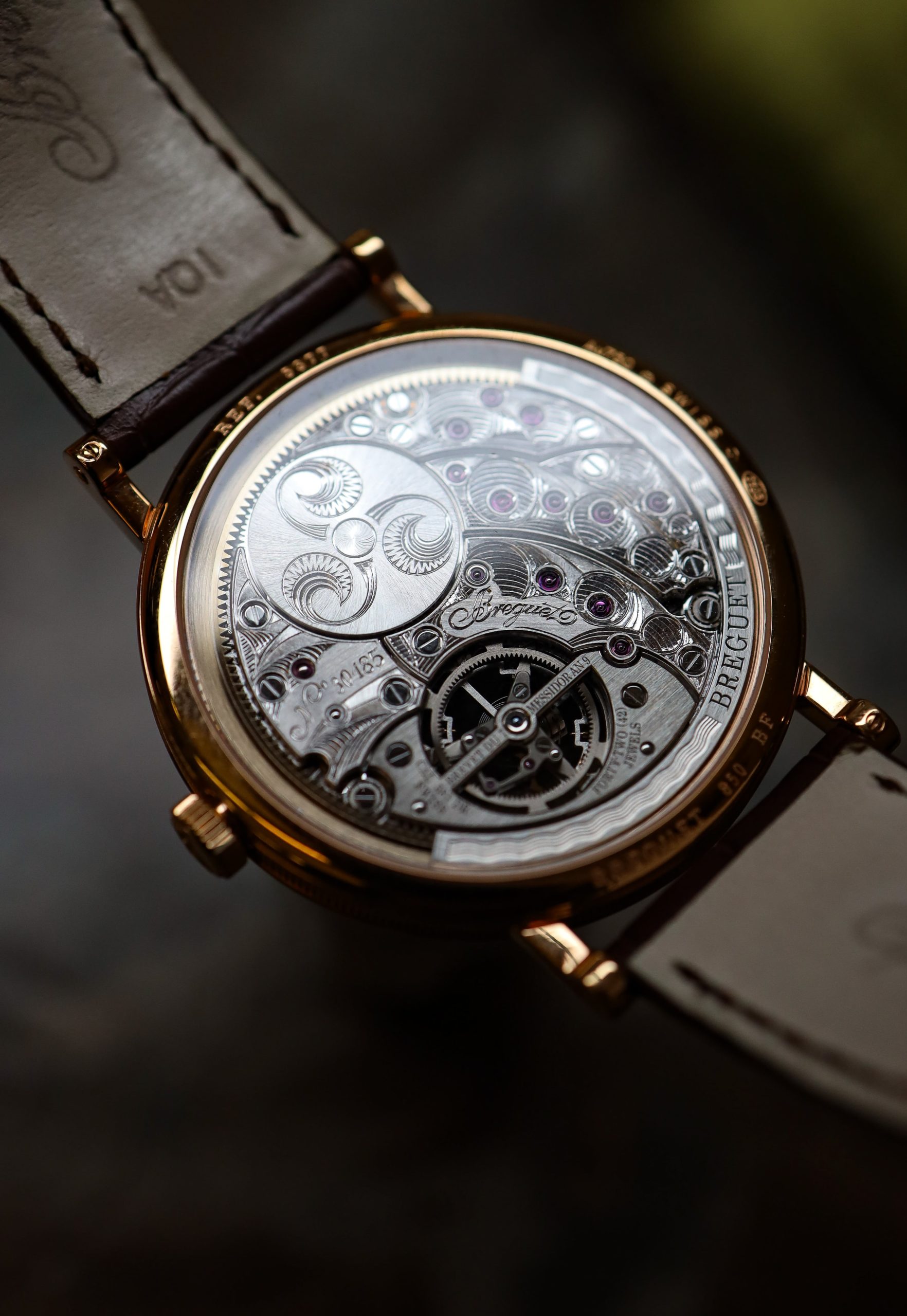
Abraham-Louis Breguet developed the tourbillon in 1795 and patented the technology on June 26, 1801 (still proudly celebrated each year as “Tourbillon Day!”). Over 225 years later, the complication is still just as interesting and as coveted as it was then.
First things first, how do you pronounce tourbillon? The French term for “whirlwind,” it’s pronounced “tour-be-on.”
Now that we’ve got that out of the way, let’s talk about the purpose of the tourbillon. Originally developed for pocket watches that were vertical in the owner’s pocket but then horizontal when pulled out or laid on a table, a tourbillon mitigates one of the biggest challenges a watchmaker faces—the effects of gravity. Tourbillon’s translation to “whirlwind” perfectly describes the escapement’s hypnotic spin. In a standard mechanical watch, the escapement is fixed, and it is impossible to regulate it to keep the exact same rate. However, in a tourbillon, the regulating system is housed in a rotating cage that typically revolves once per minute or once every 30 seconds. Because of the constant movement, the effect of gravity on the escapement and the balance wheel is cancelled out, averaging out rate errors.

While tourbillons—first worn by the uppermost aristocrats, monarchs, and scientists—once solved a very real problem, they are now mostly sought after for the extreme skill, creativity, and craftsmanship it takes to produce one. Often used to demonstrate a brand’s technical sophistication, the tourbillon remains a symbol of horological excellence.
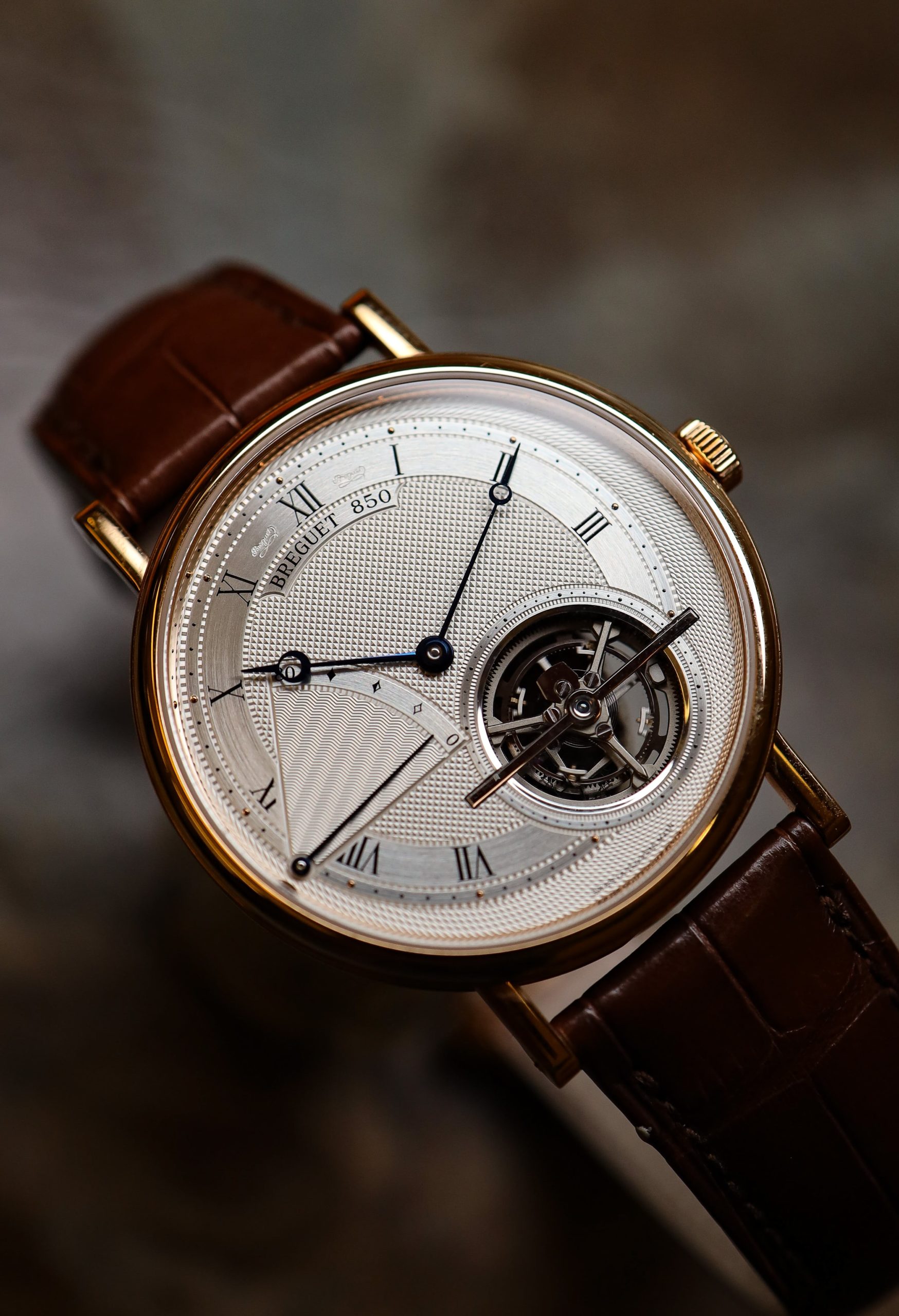
Types of tourbillons
Since the beginning, tourbillons have continuously evolved, and many new types have emerged. These include:
- Double-axis and triple-axis tourbillon – An escapement mounted to a cage that is rotated on two or three axes.
- Double and quadruple tourbillon – A watch that features more than one tourbillon complication.
- Flying tourbillon – A tourbillon supported by only one side instead of a support system on both sides.
- Gyrotourbillon – A tourbillon that gyrates on multiple axes.
Breguet, among other brands, continues to master the art of the tourbillon. Looking for the perfect one to add to your collection? Stop by Feldmar Watch Company.

